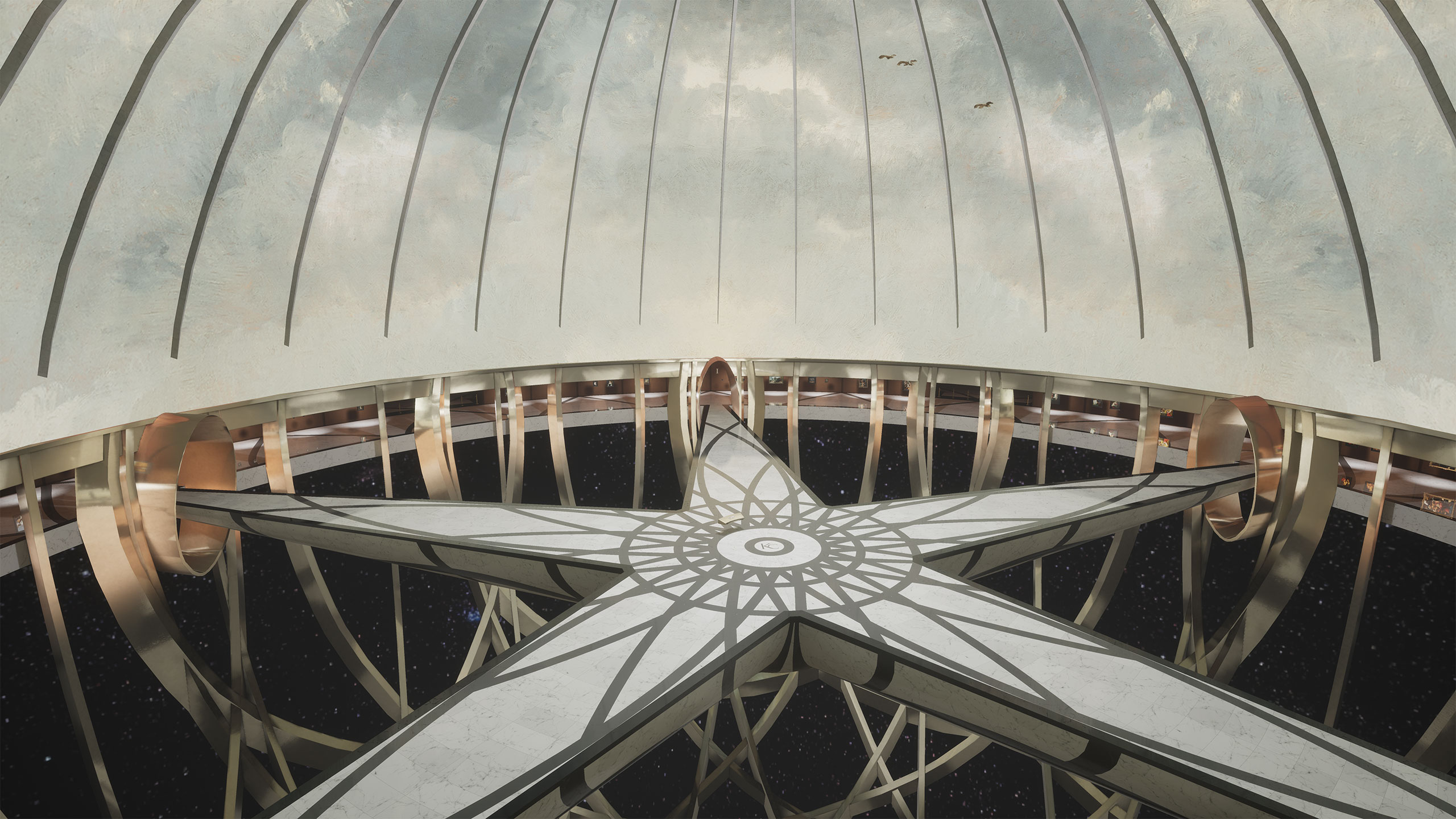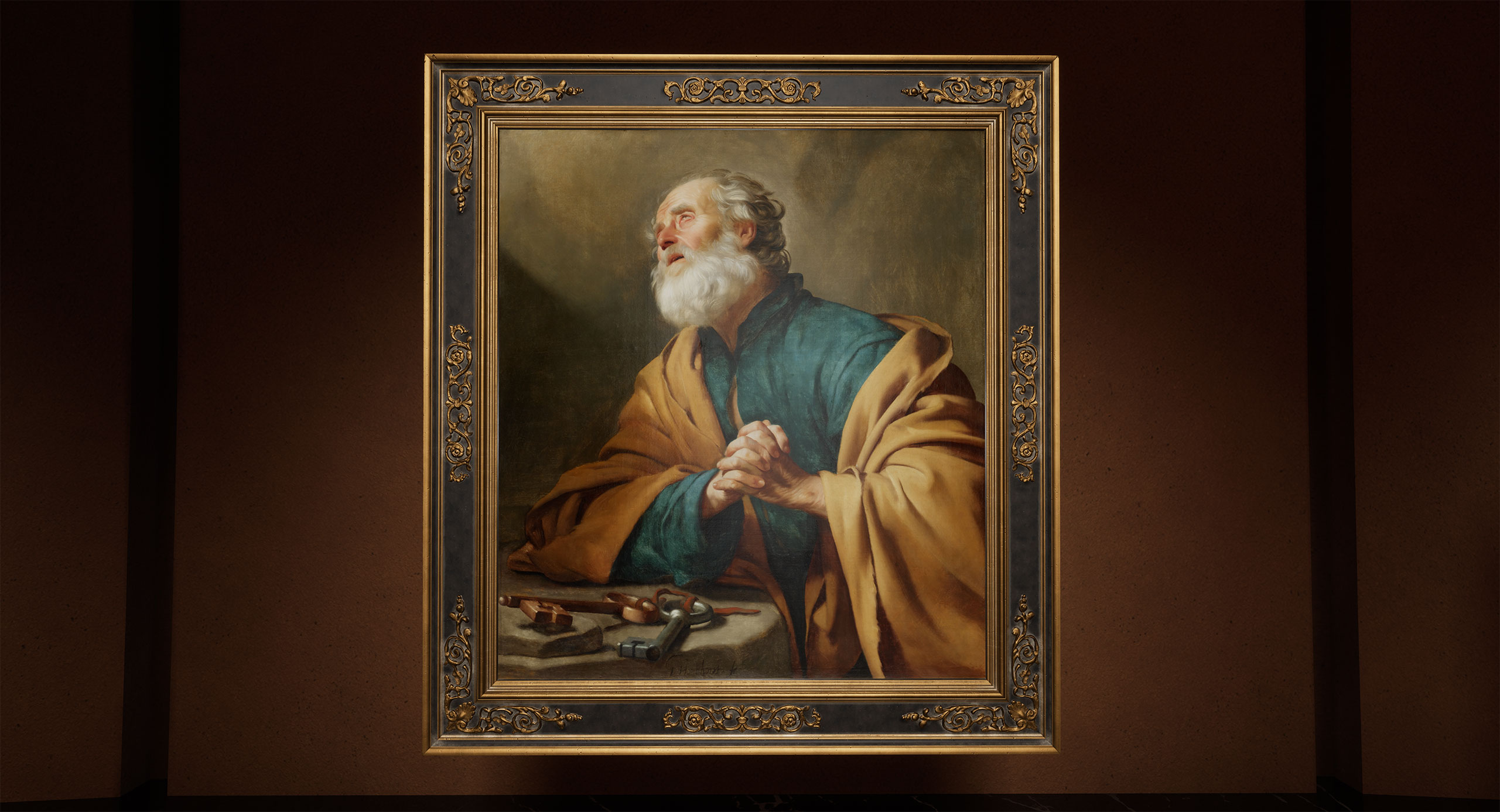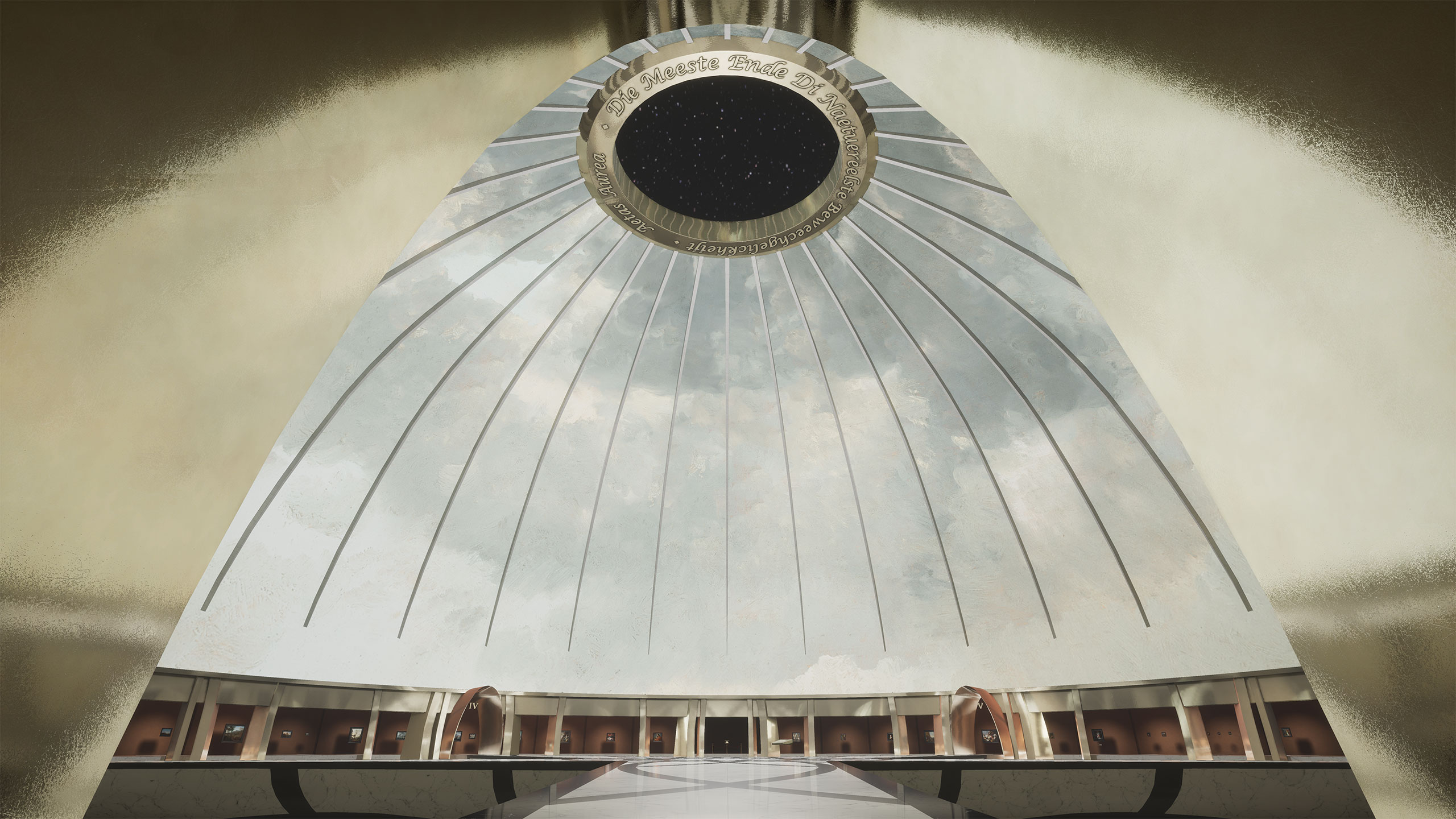Category

Spaces, VR
Year
2017
It’s easy to think of paintings as 2D art. They’re flat, mostly made on a flat canvas frame and also easily enjoyed printed on a flat piece of paper or a flat computer screen. However, those who have visited art museums know that this perception is far from accurate. Every brushstroke and layer of paint builds up into a three-dimensional landscape that looks almost otherworldly when observed up close. Unfortunately, conveying this immersive experience outside of the gallery has always been a challenge. But is it truly impossible? This was the question posed to us by the Kremer Collection, who wanted to create a virtual reality (VR) museum to bring together their dispersed collection from museums and galleries worldwide, making it accessible from anywhere.
Capturing the essence of art through technology
In order to faithfully represent the colors, textures, cracks, bumps, and intricate brushwork of each artwork, we employed an extensive photography process. Each piece was photographed between 2,500 and 3,500 times and transformed into highly detailed 3D models using a technique called photogrammetry. This allowed users to explore every minute detail of the paintings, even the back! Architect Johan van Lierop took on the task of designing the virtual museum, unencumbered by codes, regulations, or the limitations of gravity. This freedom allowed him to create a space that not only showcased the artworks but also became a work of art itself. Moreover, it provided us with the opportunity to establish the perfect lighting setup for each artwork.
To increase the reach, we also converted the VR museum project into a mobile application. Our focus was on preserving the museum’s quality and the integrity of its artworks while optimizing the experience for mobile devices. When adapting the user interface for mobile, we drew inspiration from popular games like Fortnite and FIFA, ensuring intuitive controls that users would find familiar and easy to navigate.




Accessing art anywhere
The Kremer Collection VR project proved to be an incredible experience, demonstrating the potential to not only bring art to a wider audience but also connect professionals from various fields. As a result, we were honored to receive the Viveport Developer Award for arts and culture, recognizing our achievements in this innovative venture.
”Our journey as collectors has always been about finding the highest quality artworks and
simultaneously finding ways to share them with as many people as possible. My wife Ilone and I believe we can make a greater contribution to the art world by investing in technology rather than in bricks and mortar for our collection.“ – George Kremer, Founder of the Kremer Collection


